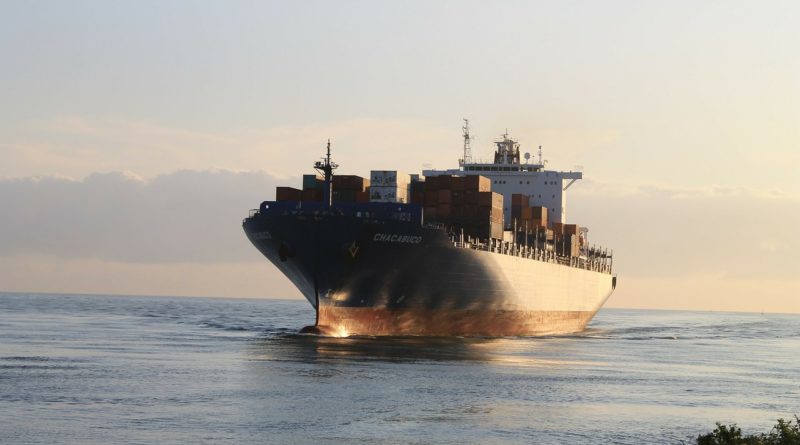Risk vs Reward: The Economy of Harbor Pilots
There’s a career out there that can net half a million dollars in annual salary, and it has nothing to do with tech startups, nothing to do with courtrooms or emergency rooms or pharmacies. No, it’s not the typical big earner, nor something you’re likely to be able to major in at your local university. Nevertheless people skilled in this field are highly sought after and earn hundreds of thousands of dollars a year. What’s more; due to the stresses and risks involved on the job, they say they earn every penny.
Harbor pilots have an incredibly important but also surprisingly dangerous job. You probably didn’t imagine that pilots of ships, especially those who just take these ships in for the very last bit of their journey would be making the big bucks, but actually buried in the story of harbor pilots are lessons in everything from the economy of offsetting risk to basic economics itself.
First let’s take a look at the risks that need mitigating. The last stretch of a ship’s journey is usually the most difficult because you have to deal with something that you of course don’t need to deal with on the open ocean: land. Narrow channels, small guide lanes, and tight ports mean one thing when it comes to huge cargo ships: risk. Harbor pilots are experts not just at navigating these challenges but often experts of the specific layouts and docking procedures of their individual ports. Of course there’s additional risks in areas of high population density. And some of the world’s biggest ports are located in or near major population centers.
Looking back to the notorious Halifax explosion gives us a bitter lesson in what can happen when things go wrong. And then there’s also the environmental impact, which stands as a very real risks even to this day with ships carrying thousands of gallons of fuel for their own consumption. Looking back to the infamous Exxon Valdez oil spill we can see not only the potential for damage to wildlife and ocean ecosystems, but also with an estimated cleanup cost of around $5 billion, a very real motivation for the high salaries of modern day harbor pilots.
But harbor pilots aren’t a new thing at all. On the contrary their earliest historical record dates back all the way to Ancient Greece. The cost-benefit decision to mitigate risk is a very basic economic principle, and goes to show that people have always been interested in paying well to protect their material assets, because although it might be much less expensive to avoid the additional cost of such an insurance, it’s also a lot more risky.
